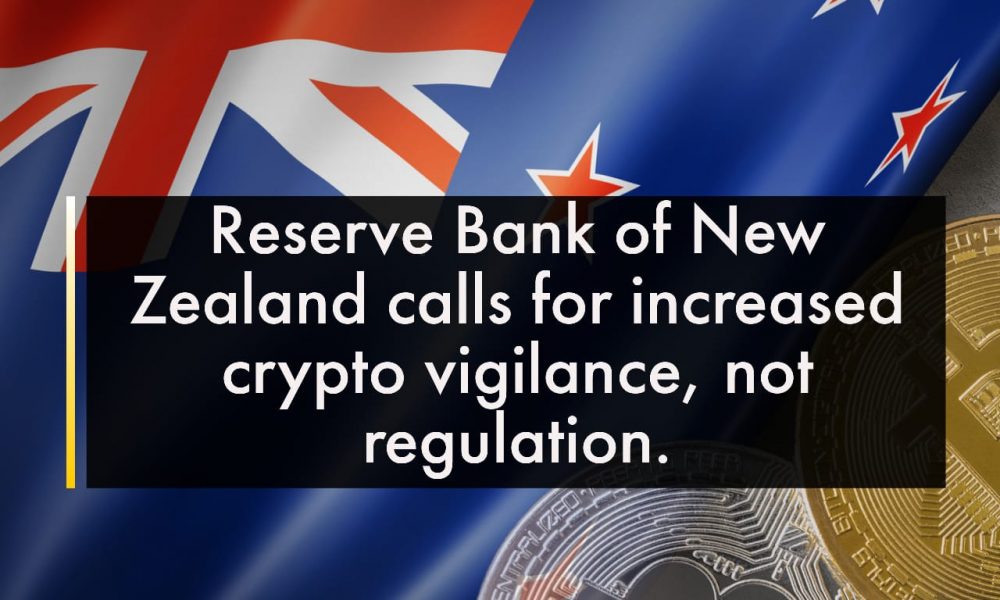The Reserve Bank of New Zealand is ramping up monitoring of stablecoins and crypto assets, advocating for increased vigilance than regulation.
In a statement released by Ian Woolford, Director of Money and Cash while releasing a summary of submissions published on 30 June 2023 for a paper ‘The Future of Money — Private Innovation’ RBNZ stated that it “agrees with the balance of submitters that a regulatory approach isn’t needed right now, but increased vigilance is.”
The submission consists of public input from 50 submissions by different stakeholders, aimed at confirming the issues that new forms of private money might raise for the financial system and monetary sovereignty.
RBNZ holds the view that there are significant risks, opportunities from stablecoins and other private money, as well as uncertainties surrounding the way forward for the sector. In the review, the Director agreed that the submissions are in line with their view, also, stating that “caution is needed, which [will] reinforce the need for enhanced data and monitoring to build understanding.”
Concerning regulation, “global harmonisation is crucial to ensure effective regulation,” the director said. Adding that more regimes could lead to clearer practices where the implementation of regulatory regimes like the Financial Market Infrastructure Act could impact the crypto assets market.
Moreover, “issues raised by crypto assets and other innovations do not fall neatly within agency boundaries, he said. This implies that the Reserve Bank of New Zealand is not planning to impose a regulatory approach towards crypto assets.
Rather, it is concerned with issues relating to consumer and investor protection or potential commercial or regulatory barriers.
RBNZ as well said it hasn’t made any decision on CBDC however is exploring a potential CBDC. “If we do introduce a CBDC, this would not be to displace cash which would remain available.”
Read also;
The only wrong exposure to Bitcoin is owning zero – Greg Foss
What do you think of this article? Share comments below.
Credit: Source link















































